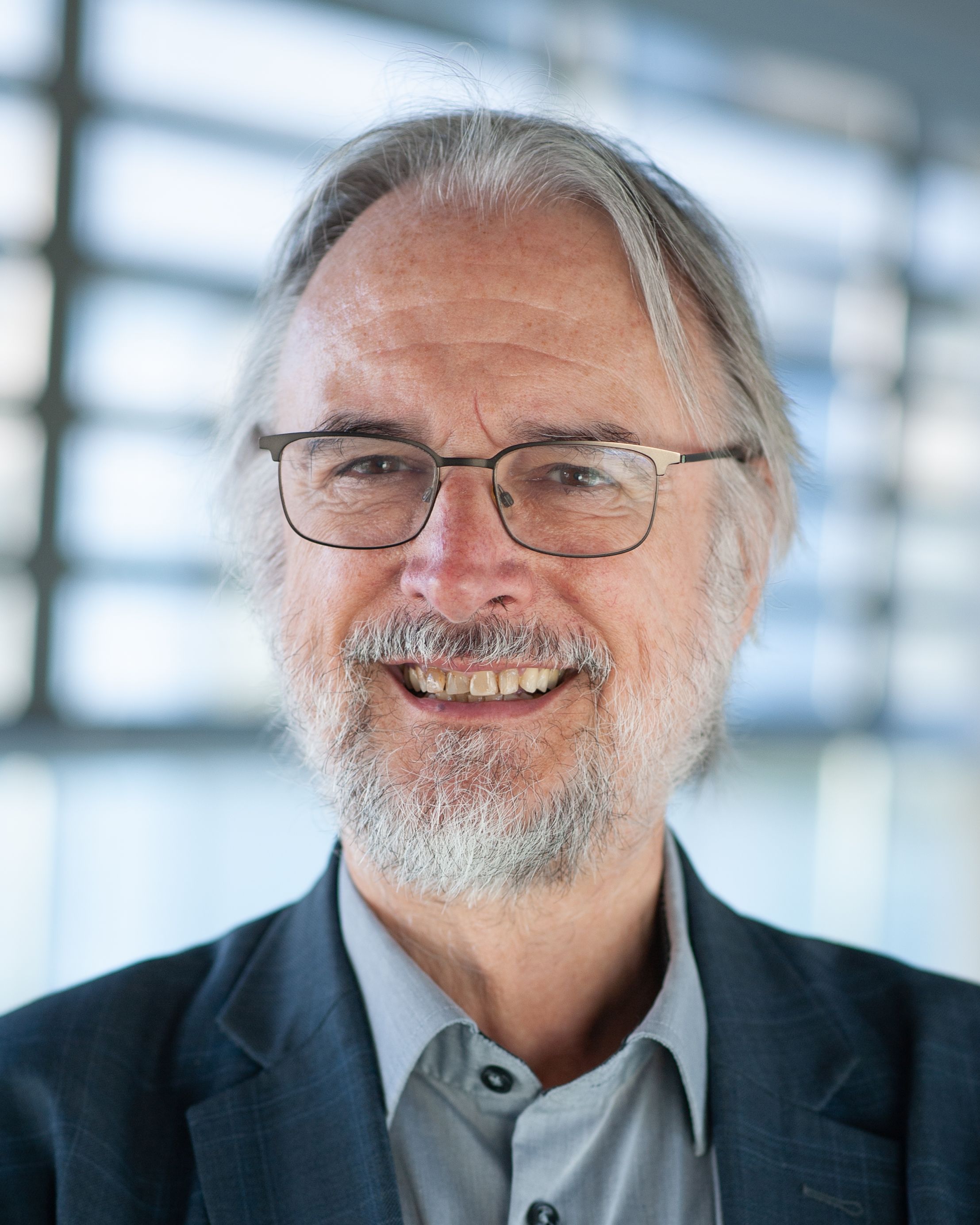Tue, 24 May, 05:00 - 06:00 UTC
Karlheinz Brandenburg, Technische Universität Ilmenau, Germany and CEO of Brandenburg Labs GmbH
Chair: Woon-Seng Gan, Nanyang Technological University, Singapore

Since more than 40 years researchers have tried to deliver truly immersive sound via headphones. Until very recently, all the proposals to deliver spatial audio via headphones have fallen short of their promises.
Basic research at TU Ilmenau and other universities has given us a deeper insight into how the ears and the brain work while we are listening to sounds in a room. These results brought a massive improvement to binaural reproduction methods.
The talk will give a short overview over the techniques which have been used in the last decades. It will elaborate on all the cues used to improve listening with headphones including HRTF (Head Related Transfer Functions), BRIR (Binaural Room Impulse Responses) and room simulation techniques. It will then discuss quality parameters for binaural listening - including externalization of sounds. The emphasis will be on improved techniques (current state of the art) and how these will enable much better spatial reproduction.
Future concepts of headphones will incorporate additional sensors to track the head and body position of listeners. Together with knowledge about the room the listener is in, this enables a much more plausible reproduction of virtual sound sources. In conclusion this makes true Auditory Augmented Reality applications possible.
The talk will shed a light on the different technical issues which still have to be solved to sell consumer headphones which enable immersive sound.
Finally, future products by Brandenburg Labs GmbH will be presented. Among them is the vision of PARty (Personalized Auditory Reality). These devices will combine truly transparent audio (you don’t even realize you got headphones on your ear) with selective noise cancelling. They can bring in amplified real and virtual sound sources, all adapted to your current environment. The idea is to improve and personalize hearing for everybody even in difficult noisy environments like a party.
Karlheinz Brandenburg (Fellow IEEE SPS) received the Dipl.-Ing. and Dipl.-Math. degrees in electrical engineering and mathematics and the Dr.-Ing. degree in electrical engineering from the Friedrich-Alexander-Universität, Erlangen-Nürnberg, Germany,. He is currently Senior Professor (emeritus) at Technische Universität Ilmenau, Germany and CEO of Brandenburg Labs GmbH, a startup company specializing in immersive audio technologies.
Following times as a Postdoctoral Member of Technical Staff at AT&T Bell Laboratories in Murray Hill, U.S.A. and again Friedrich-Alexander-Universität he joined the Fraunhofer Institute for Integrated Circuits IIS, Erlangen, as head of the Audio and Multimedia Department. He is the founding director of the Fraunhofer-Institut für Digitale Medientechnologie (Fraunhofer IDMT), Ilmenau where he retired in July, 2019. For his pioneering work in digital audio coding (as a main contributor to the mp3 and AAC audio coding standards), perceptual measurement techniques, wave field synthesis, psychoacoustics, and analysis of audio and video signals he received many awards. Among them are the IEEE Masaru Ibuka Consumer Electronics Award, the German Future Award (shared with his colleagues), and the Audio Engineering Society Silver Medal Award. Furthermore, he is a member of the Hall of Fame of the Internet Society and the IEEE Consumer Electronics Association.
